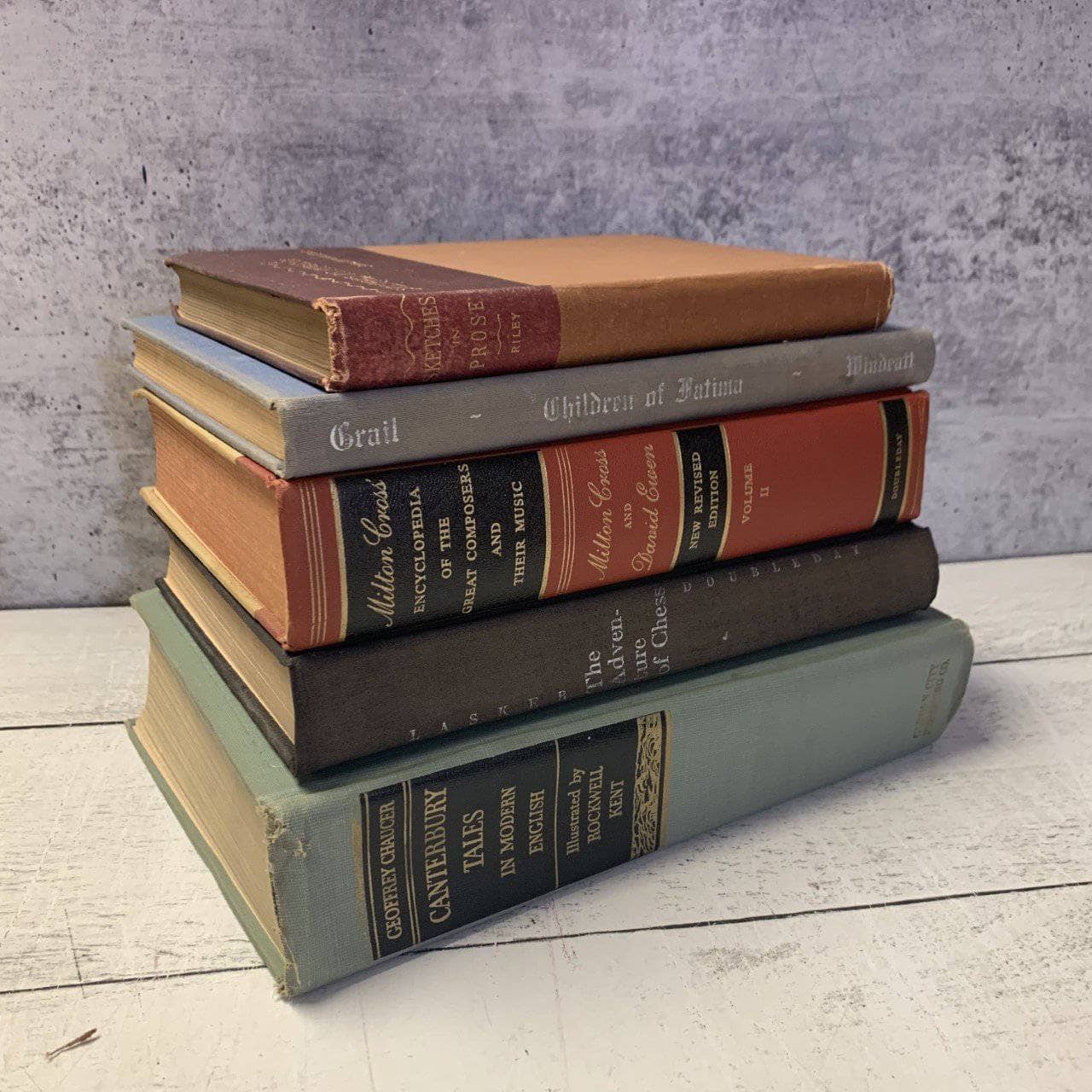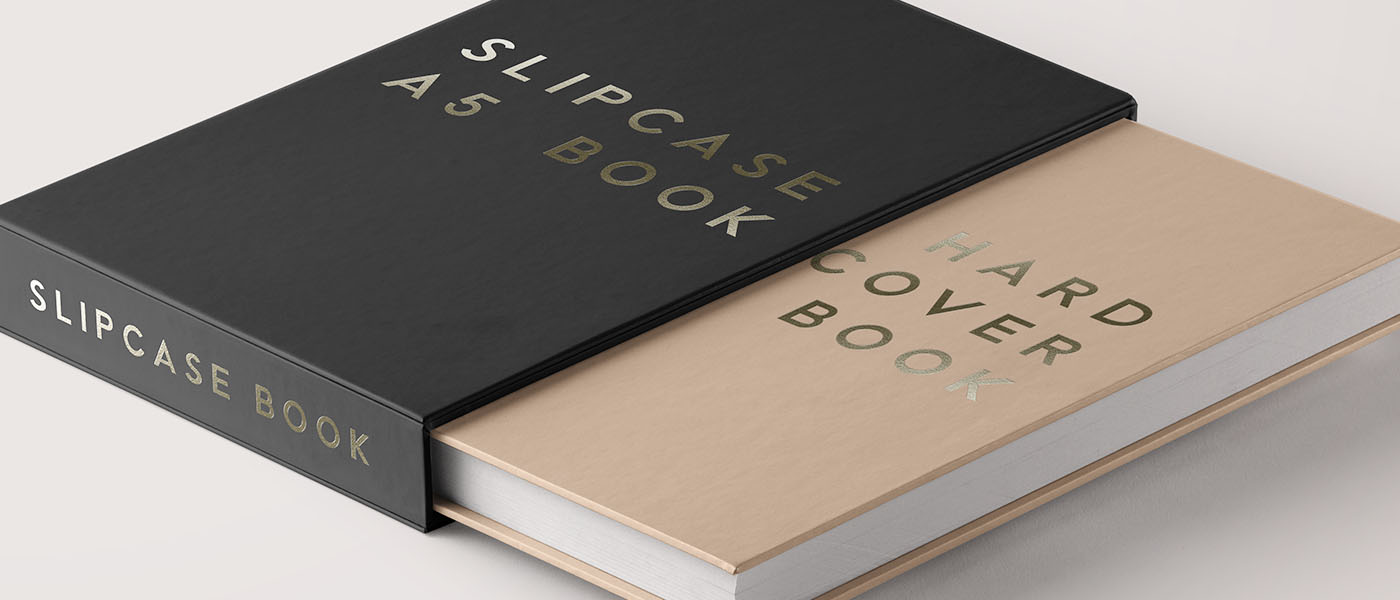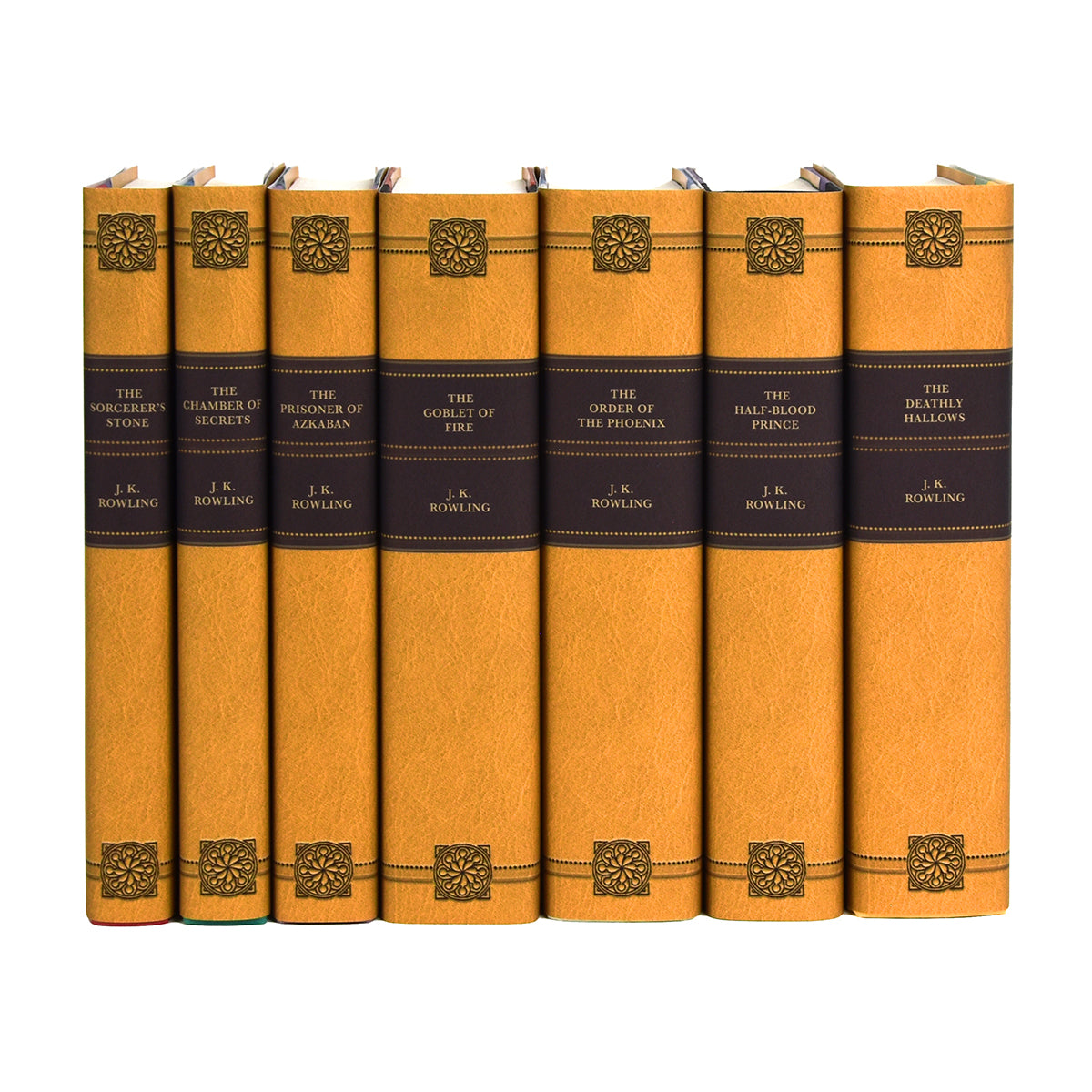Hardcover Books with Stunning Cover Designs
Hardcover Books with Stunning Cover Designs
Blog Article
A Comprehensive Overview to the Refine of Hardcover Books Printing
When you commence the journey of hardcover book printing, understanding the entire process is crucial. From preparing your manuscript to picking the appropriate products, each step plays a vital role in the last item. You'll need to contemplate design components and printing techniques that fit your vision. As you browse via binding and quality assurance, you'll discover that every choice influences guide's total appeal. So, what follows in this elaborate process?
Comprehending the Hardcover Book Framework
When you check out the globe of hardbound books, you'll quickly see that their structure is distinct and willful. The external case, often constructed from tough cardboard, gives toughness and defense. You'll locate a fabric or leather treatment, which not only boosts appearances however also includes in the publication's durability. Inside, the endpapers attach the cover to the text block, making certain a smooth interchange.
The text block itself includes numerous signatures, or folded up sheets, sewn with each other for strength. You'll see that the spinal column is enhanced, allowing for a smooth lay-flat analysis experience - hardcover books. Furthermore, the publication's weight frequently communicates a feeling of top quality and durability
Hardcover books commonly feature a dust jacket, which serves as an advertising and marketing device while protecting the cover. Comprehending these components aids you value the workmanship behind hardbound publications and their special appeal in the literary world.
Manuscript Preparation and Modifying
Getting your manuscript prepared for printing is necessary, and it begins with appropriate format guidelines. You'll need to understand the modifying process to fine-tune your work and ensure it resonates with readers. Plus, mastering proofreading methods can assist you catch those troublesome errors prior to your publication goes to print.

Manuscript Formatting Guidelines
Correct manuscript formatting is crucial for creating a professional-looking hardbound publication. Start by choosing a common font like Times New Roman or Arial in 12-point size. Use double-spacing throughout the file to boost readability. Establish your margins to 1 inch on all sides, giving your text area to breathe. Number your pages in the top right edge, and include your phase titles at the beginning of each brand-new section. Use clear headings to suggest areas, and stay clear of excessive formatting like vibrant or italics unless essential. Ensure to proofread your manuscript for uniformity in vogue, guaranteeing that every little thing from spelling to spacing sticks to your picked standards. Complying with these steps will certainly establish a strong structure for your publication.
Modifying Process Fundamentals
Modifying your manuscript is an important step that can transform it from a harsh draft into a refined final item. Keep in mind, editing isn't simply about dealing with errors; it's concerning improving your voice and ensuring your message reverberates with readers. Accept the process, and you'll see your manuscript luster.
Checking Methods Review
As soon as you've brightened your manuscript through modifying, the following step is to assure it's correct that could sidetrack viewers. Start by pausing after editing; fresh eyes catch errors better. Read your manuscript out loud-- this helps you hear unpleasant phrasing and area typos. Usage electronic tools like spell checkers for first scans, but don't count solely on them. Think about publishing your manuscript; analysis theoretically can disclose errors that screens miss out on. Emphasis on one kind of error each time, whether it's spelling or grammar, to stay clear of feeling overwhelmed. Employ a relied on friend or professional proofreader to offer a fresh point of view. Their comments can highlight concerns you might neglect.
Creating guide Cover and Inside
When you're designing your book cover and inside, you'll desire to concentrate on essential design aspects that record your target market's focus. Selecting the ideal typography styles and very carefully choosing colors and imagery can make all the difference in conveying your book's theme. Let's check out exactly how these options can raise your job and draw in readers.
Important Design Components
Creating a distinctive publication cover and a well-designed inside is important for bring in visitors and boosting their experience. Select colors and pictures that reflect your publication's theme and state of mind.
A tidy, orderly layout helps visitors browse effortlessly. Keep in mind, a natural design throughout your book promotes a specialist appearance that can considerably affect a viewers's decision to choose it up.
Picking Typography Styles
Typography plays an important function in both the publication cover and interior decoration, forming just how viewers perceive your content. When selecting typography styles, consider your publication's genre and target market. A classic serif font might function well for literary fiction, while a modern sans-serif might match a modern novel. Assurance readability; your text should be very easy on the eyes, specifically for longer flows. Focus on font dimension and line spacing, as these elements affect overall flow. Mixing fonts can add passion, yet restrict it to 2 or 3 to preserve comprehensibility. Think about power structure-- make use of various designs for headings and body text to direct visitors effortlessly through your work. Your typography selections will greatly influence the viewers's experience.
Shade and Imagery Option
Selecting the right colors and images is important for recording visitors' attention and sharing your book's themes. Begin by considering your genre; vivid colors could benefit a children's publication, while muted tones match a secret story. hardcover books. Use images that resonates with your material-- photos, pictures, or abstract designs can boost your message
When creating the cover, make particular the imagery does not overwhelm the title and author's name; quality is key. This natural method not just boosts your publication's aesthetic but likewise improves the reader's experience, making it more unforgettable.
Picking the Right Paper and Products
When selecting paper and materials for your hardcover publication, it's important to consider how they'll influence the overall feel and look of your job. Begin by picking the appropriate paper weight; heavier stock commonly shares top quality and sturdiness, while lighter paper can develop an find this extra fragile touch. Take into consideration the coating as well; shiny paper boosts photos and shades, while matte can provide a sophisticated, downplayed look.
Cloth, leather, or printed paper can set the tone for your publication. In addition, believe regarding the binding materials; using premium glue warranties your book lasts.
Ultimately, the selections you make below show your vision, so put in the time to sample different materials (hardcover books). Your options will help develop a book that's not just aesthetically appealing but also sturdy and practical
The Printing Refine: Methods and Technologies
A range of printing strategies and innovations can bring your hardbound publication to life, each offering unique advantages. Digital printing is a preferred choice for short runs, enabling for fast turn-around and cost-effective services.
Recognizing these strategies aids you make educated choices, guaranteeing your hardbound book not only looks terrific however additionally satisfies your production needs efficiently. Choose the right strategy to boost your publication's charm and effect.
Binding Techniques for Hardbound Books
A number of binding techniques can transform your hardbound publication into a resilient and attractive product. One popular alternative is the situation binding approach, where the pages are sewn with each other and after that connected to a stiff cover. This gives superb longevity and a specialist appearance. An additional technique is the perfect binding, which makes use of glue to hold the web pages together, allowing for a streamlined back but much less sturdiness contrasted to situation binding.
You could also take into consideration spiral binding, which allows your publication to lay level, making it optimal for workbooks or manuals. It doesn't provide the very same safety cover as case binding. There's the saddle stitch technique, ideal for smaller sized publications, where sheets are folded and stapled together. Each binding approach has its benefits and fits various needs, so consider your book's function and target market when picking the most effective option for your project.
Quality Assurance and Final Touches
After choosing the right binding method for your hardcover book, quality assurance becomes necessary to verify your end product meets your expectations. Start by examining the printed pages for any mistakes or inconsistencies in shade and format. You do not intend to miss any typos or misprints that could affect your readers' experience.
Next, check the binding stability. Verify the web pages are securely affixed which the spinal column is durable. A well-bound book not only looks professional but also feels resilient in your hands.
Additionally, take note of the cover. Search for any scuff marks or misalignments in the art work. If you have actually chosen unique surfaces like embossing or foil marking, see click here now to it they're applied continually throughout all duplicates.
Finally, perform a thorough examination of the entire set before moving to circulation. This method, you can confirm that every publication reflects your high criteria.
Frequently Asked Inquiries
The length of time Does the Hardcover Publication Printing Process Typically Take?

What Is the Minimum Order Amount for Hardcover Books?
The minimum order quantity for hardcover books usually begin around 100 duplicates, however it can vary based on the printer. You should consult your picked printing solution for their specific needs and rates.

Can I Publish Hardbound Books in Customized Sizes?
Yes, you can publish hardcover books in customized sizes. Lots of printing solutions supply flexibility with dimensions, enabling you to select a layout that suits your project. Just verify the specs before putting your order.
Exist Eco-Friendly Options for Hardcover Book Printing?
Yes, you can discover environment-friendly alternatives for hardbound publication printing. Many companies use sustainable inks and recycled materials. Just ask your printer regarding their eco-friendly methods to ensure your task lines up with your ecological values.
What Are the Expenses Connected With Hardcover Book Printing?
When thinking about hardcover book printing prices, you'll require to consider materials, style, and printing techniques. Additional expenses like shipping and go to my blog binding can additionally influence your general spending plan, so plan accordingly for your task.
When you start the journey of hardcover publication printing, comprehending the entire procedure is vital.A variety of printing strategies and modern technologies can bring your hardbound book to life, each offering unique benefits. How Lengthy Does the Hardcover Publication Printing Refine Normally Take?
The hardcover publication printing procedure typically takes around 2 to 6 weeks.Yes, you can find eco-friendly alternatives for hardbound publication printing.
Report this page